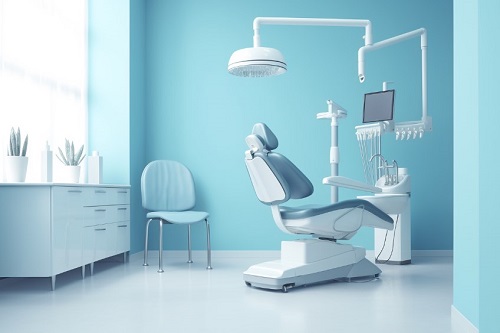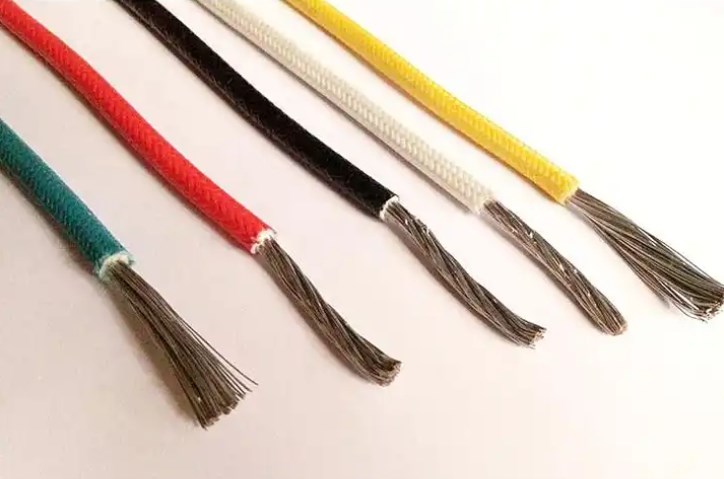Applications of Polytetrafluoroethylene (PTFE) in Medical Treatments
Various kinds of polymer products are widely used in modern medicine. These products are not only used for human contact with human body tissues but also used in various medical devices. In recent years, polymers have crowded out and replaced metal and other materials in medical applications. We're going to talk about the uses of PTFE in this area, which is the most widely used material in fluorinated plastics.
As is known to all, the polymer products used in medical treatment can be divided into the following three categories.
The first is products that enter the body directly (permanently or temporarily). Polymer products that are permanent in organic bodies include implants, such as artificial substitutes for tissues and organs. Polymer products for temporary use include catheters, drain pipes, stethoscopes, filters, air conditioners, etc. They are mainly used for material and gas transportation, medium filtration and so on.

The second is products that are used externally. Certain properties of polymers, such as plasticity, lightness, firmness, tightness and elasticity, stability to corrosive media, electrical insulation, etc., are important for such products, which include gloves, tourniquets, limb fixation devices, the external sheath for various diagnostic devices, etc.
The third category is the functional components of biochemical analysis and biochemical synthesis equipment, such as cell and tissue culture, regeneration and propagation devices.
Fluorocarbon has been most widely used in the first category. The application of fluoroplastic in vivo is related to some properties of fluoroplastic, such as obvious biological inertia and strong pore-forming ability after special treatment. The biological inertia of the polymer can be used to produce implants that do not cause the organism to reject, and to develop devices that are in contact with blood that does not damage the blood.
When necessary, the porous structure of PTFE can be a forming matrix of organic cells and tissue, and it made of have the characteristics of a certain diameter, porosity and surface microrelief can make one kind or another organization directional growth in the polymer structure, which allows the organ or tissue to regain lost function. The most obvious example is its use to treat atherosclerosis and vascular substitutes, the most popular diseases of our time.
In the domestic and foreign medical markets, PTFE products have been more than 30 years old. In fact, PTFE products have been popularized in all fields of surgery, and it is a world leader in the production of the graft. For the production of medical supplies, the low raw material consumption, relatively simple raw material processing and high product prices have kept the production of such products at a high-profit margin.









